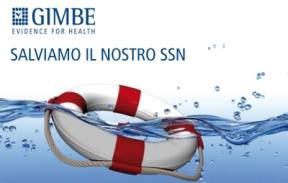All news by therapy
Infants with BPD grow up... Which effects of Palivizumab?
In this article there are some news about effects of VRS Bronchiolitis and prophylaxis with Palivizumab on infants with BPD and potential development of lung problems in adulthood.

Early life experiences determine respiratory health through the life course. In this article, the Authors discuss medium- and long-term effect at the intersection between respiratory syncytial virus (RSV) bronchiolitis and the lung sequelae of prematurity, specificall bronchopulmonary dysplasia (BPD); they focus on whether immunoprophylaxis against RSV in infants with BPD confers medium- and long-term benefit.
Around one in 10 infants is born prematurely and the babies with BPD have an increased risk of hospitalisation in the first 2 years of life, wheeze and other breathng disorders. RSV is now the leading cause of hospitalisation in infants and children due to bronchiolitis and pneumonia; preterm infants, especially those with BPD, are up to four times more likely to require hospitalisation for bronchiolitis than those born at term (for this reason they receved immunoprophylaxis with Palivizumab). Infants who developed bronchiolitis before 2 years of age were more than twice as likely to develop asthma or wheezing in childhood, like infants hospitalised for RSV.
With these assumptions, some recent systematic reviews have examined whether RSV prophylaxis can reduce the risk of wheezing in childhood: it doesn't seem!
In conclusion, it is plausible that in some infants with BPD, RSV bronchiolitis may increase the risk of wheezing, asthma and COPD in later life, also as a consequence of impaired lung development. But these hypothesis have not yet been studied. On current evidence, there is little to suggest that when given to all babies with BPD palivizumab reduces the risk of childhood asthma or wheeze.
Reference
Quinn LA, Hirani SH, Williams TC, et al. Palivizumab immunoprophylaxis for infants with BPD has medium- and long-term benefits: myth or maxim? Breathe 2021; 17: 210110






